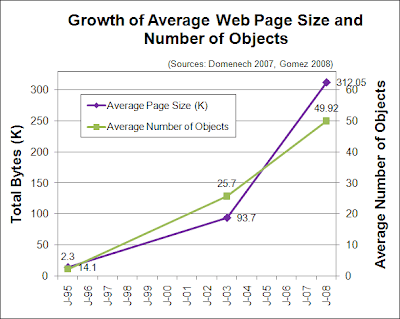SurveyMonkey claims Section 508 compliance and web accessiblity, but that is false.
Accessibility Statement? No, but info about accessibility in Help Center.
Tweet from Jared Smith
Survey Monkey’s problem is labeling method. Labels repeat A LOT (up to 6 times!). Turns label of “1” into “one hundred eleven” or “eleven”.
Tweet from mr_beeps
I had assumed the accessibility statement was referring to *future* releases of survey monkey, not the current one!
Jared:
Despite what Survey Monkey claims, their forms are not very
accessible. They are technically accessible, but not very useful. I’d
maybe consider replacing the radio button options with select menus.
They just seem to me much easier for screen reader users in Survey
Monkey. The problem is that the label for each element is usually read
multiple times (sometime 6 times) because of the way it’s coded. Radio
buttons don’t use fieldset/legend, but the label for each item is
coded multiple ways. The grid of answers were particularly difficult
with JAWS repeating the label for each item over and over and over
again. Putting each in a select menu (“How would you rate Accessible
Twitter’s speed”) would be better.
And this actually causes other significant items. On the “How many
times” question, the labels are repeated multiple times, but JAWS
jumbles them together. The radio button labeled “1” is there two
times, JAWS actually reads “one hundred eleven” the first time it
reads it and “eleven” when you cycle back through the radio buttons.
“2-5” is read as “two dash fifty two, two dash fifty two, dash five”.
Spelling out the numbers would help… a bit, though it would then
read “two dash five two”.
SurveyGizmo
SurveyGizmo’s accessibility statement

